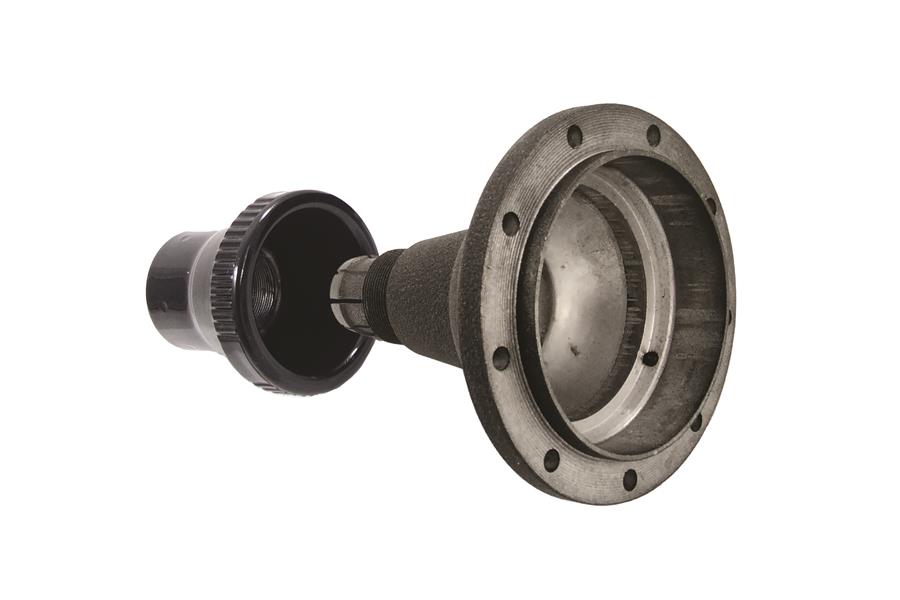This is a good point you make here Graham. I ignore how the rev counter works exactly, but I can say that I did push the engine to a shade below an indicated 6000 rpm at a few occasions and thankfully it responded much better than what I would expect from a healthy normally-aspirated 2L petrol engine running at just 3000 rpm. I have made sure that there was no turbo or compressor in the engine bay.
Under full load, the howl of the engine suddenly changes to an aggressive bark at 5000 rpm with a definitive bump in acceleration, and if I look at the specs of the D2 engine running the Sports camshaft, 5000 rpm corresponds to peak torque rpm, so I would imagine that the rev counter works more precisely where it matters most? What I can observe though would for sure be a bit strange if it's supposed to work in a linear manner.
I tested the timing light on a spare car that runs fuel injection, and the rev counter, the engine speed indicated through the ECU software and the timing light registered all three the same engine speed, so at this point I am not sure the timing light could be any faulty.
Under full load, the howl of the engine suddenly changes to an aggressive bark at 5000 rpm with a definitive bump in acceleration, and if I look at the specs of the D2 engine running the Sports camshaft, 5000 rpm corresponds to peak torque rpm, so I would imagine that the rev counter works more precisely where it matters most? What I can observe though would for sure be a bit strange if it's supposed to work in a linear manner.
I tested the timing light on a spare car that runs fuel injection, and the rev counter, the engine speed indicated through the ECU software and the timing light registered all three the same engine speed, so at this point I am not sure the timing light could be any faulty.


